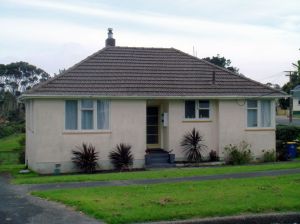As I’ve just loaded the Performance of Rental Housing Resource to the Hub, I thought I’d get you thinking by posting an extract from the resource:
At first glance, improving outcomes for social housing (defined as “housing provided for people on low incomes or with particular needs by government agencies and non-profit organisations”) is straightforward as government is active in all parts of the dynamic. In theory the government sets the rules for itself, so it could implement high housing quality requirements, and some would argue, given this market is responsible for our most vulnerable citizens, it should. The Warrant of Fitness is a start in clearing out the houses that are not fit for healthy living. Ideally this is the first step in an asset management programme that builds on good maintenance and progressively intervenes to improve housing outcomes with performance upgrades. The social housing sector would be the easiest place to establish robust knowledge, gather data, and understand how to optimise the parts of the rental dynamic to improve outcomes. In reality, it is more complex. There is not one central government agency managing the dynamic: tenants fall under MSD; HNZ is both landlord and manager of house quality.

